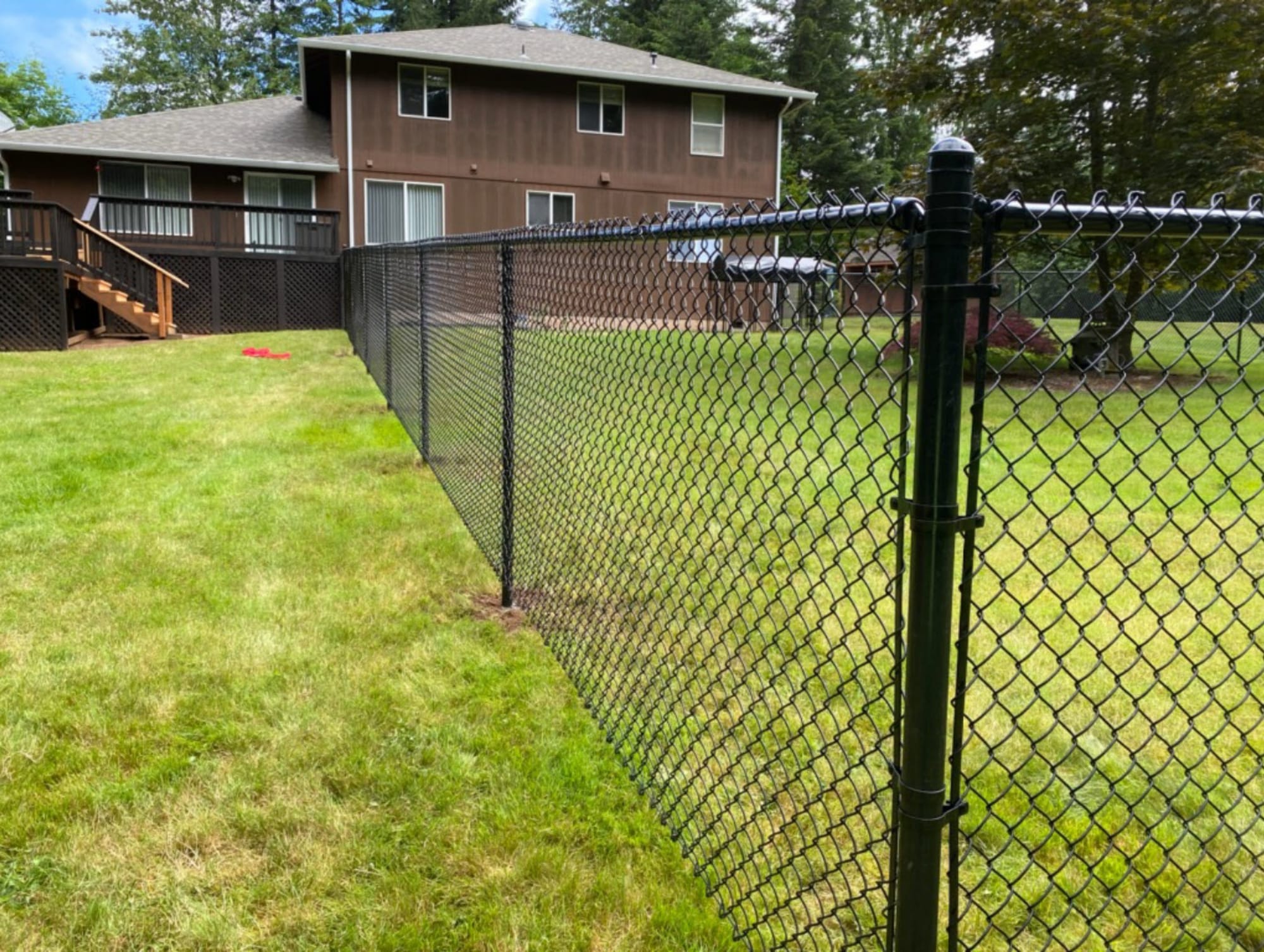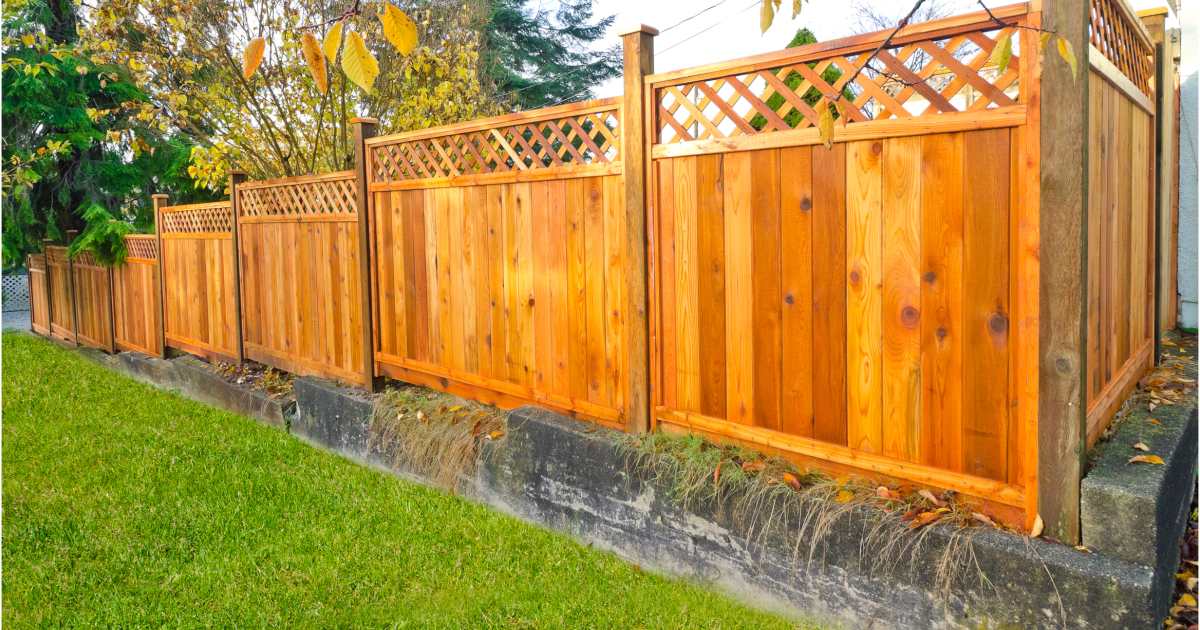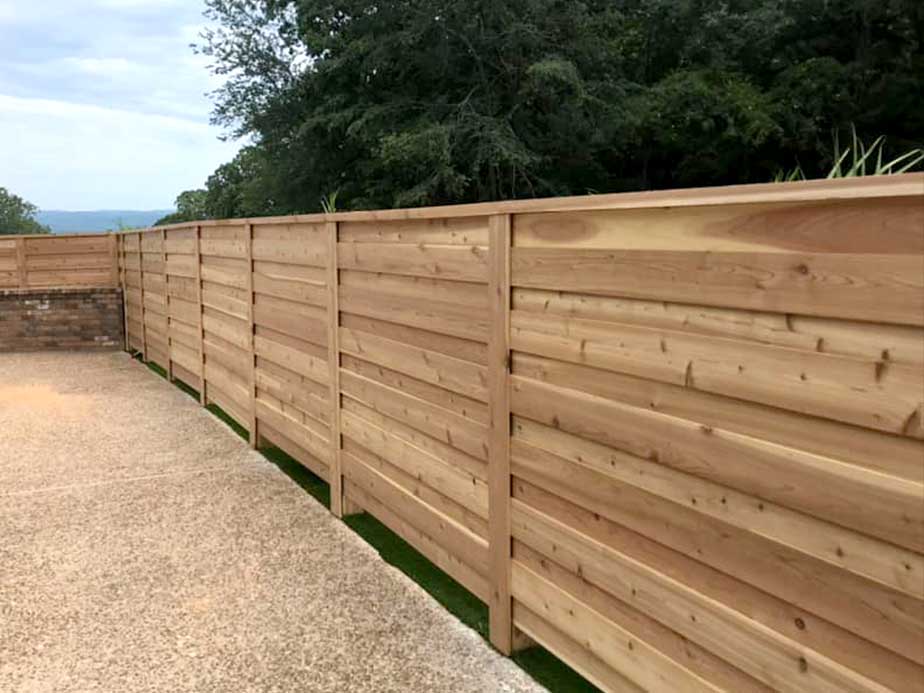All Categories
Featured

When thinking about mounting a fencing on your residential property, one of one of the most important steps is to understand whether you need a license. Fence installations typically need a license to make sure that the framework abides with regional zoning regulations, building codes, and safety and security criteria. The details licenses needed can differ depending on your place, the kind of fencing you plan to set up, and the height or placement of the fencing. Below's a guide to help you navigate the process of acquiring a fencing permit and guarantee that your installment is convenient and lawful.
Why You Need an Authorization for a Fence Installment. The permit process aids local authorities verify that your fence does not interfere with web traffic exposure, respect your residential property lines, or go against elevation constraints. Mounting a fence without a permit can result in penalties, elimination of the fencing, or delays in construction, so it's vital to inspect whether a license is called for before beginning your job.
Kinds of Authorizations You May Need. There are a couple of common sorts of authorizations you may need for a fence installment:
Building Authorization. A building license is the most typical license needed for fence setups. This permit ensures that the fence satisfies security criteria and is built according to neighborhood building ordinance. A building permit is normally needed if the fence surpasses a particular height (frequently 6 feet), is made of specific products, or is situated near a public walkway or road.
Zoning License. A zoning license might be required to verify that your fence follows regional zoning legislations. Zoning policies can dictate where a fencing can be positioned on your property, just how high it can be, and whether it is allowed in certain areas (such as along building lines or in front yards) As an example, some communities have regulations restricting the elevation of surround the front lawn to make certain presence for pedestrians and motorists.

Obstacle Permit. You may need an obstacle permit if you are developing a fencing near your home line or close to a road. An obstacle refers to the distance a structure, including fences, have to be from the residential property line. Setback regulations differ by area, and making certain that your fence is put appropriately can stop conflicts with neighbors and prevent violations.
Property Owner Association (HOA) Authorization. If you reside in a community regulated by a Home owner's Organization (HOA), you might require authorization from them in enhancement to local licenses. HOA rules often cover the kind of materials, elevation, style, and color of fences. Even if your neighborhood government doesn't require an authorization, your HOA may still have specific guidelines that need to be adhered to.
Exactly How to Request a Fencing Authorization. To get a fence permit, you'll need to call your local structure department or preparation workplace. The application procedure normally includes loading out a kind, paying a charge, and sending a website plan of your residential property that reveals the proposed place of the fencing. You might also require to include details about the materials, height, and layout of the fencing.
In some instances, a local official may need to check your residential property prior to authorizing the permit. Once the permit is granted, you will be accredited to proceed with your fencing installment.
When Is a Permit Not Required? In specific circumstances, a license might not be called for. These circumstances can consist of:
Reduced Height Fences: In many areas, fencings that are listed below a particular height (commonly 3 to 4 feet) may not need a license, especially if they are positioned in the backyard or various other non-visible locations.
Fencing Replacement: If you're replacing an existing fencing with the exact same height and material, some locations might not need a brand-new permit.
Non-Obtrusive Fencings: Ornamental or temporary fences, such as those used for horticulture or landscaping functions, may not need licenses as long as they are low and not permanent.
Nonetheless, it is very important to check with your neighborhood zoning office or building department, as guidelines can differ by territory.
Repercussions of Not Acquiring a License. Failing to acquire the required authorizations can lead to considerable repercussions. These include penalties, compelled elimination of the fencing, and even hold-ups in construction. Additionally, if your fence doesn't satisfy regional policies, you might encounter lawful problems with neighbors or local authorities.

Final thought. By ensuring that you follow neighborhood laws and obtain the required permits, you can stay clear of costly mistakes and ensure that your fencing is legitimately certified. Examine with your local structure division, HOA, and zoning office to establish what permits are required for your particular fence job.
Latest Posts
Discover Hyundai's Newest Incentives and Deals in Akron
Published Apr 19, 25
1 min read
Montclare Auto Repair: Your Local Specialist for Brake & Engine Repairs
Published Apr 19, 25
2 min read
Full Circle Strategic Marketing - Social Media Strategies That Drives Engagement
Published Apr 19, 25
2 min read
More
Latest Posts
Discover Hyundai's Newest Incentives and Deals in Akron
Published Apr 19, 25
1 min read
Montclare Auto Repair: Your Local Specialist for Brake & Engine Repairs
Published Apr 19, 25
2 min read
Full Circle Strategic Marketing - Social Media Strategies That Drives Engagement
Published Apr 19, 25
2 min read